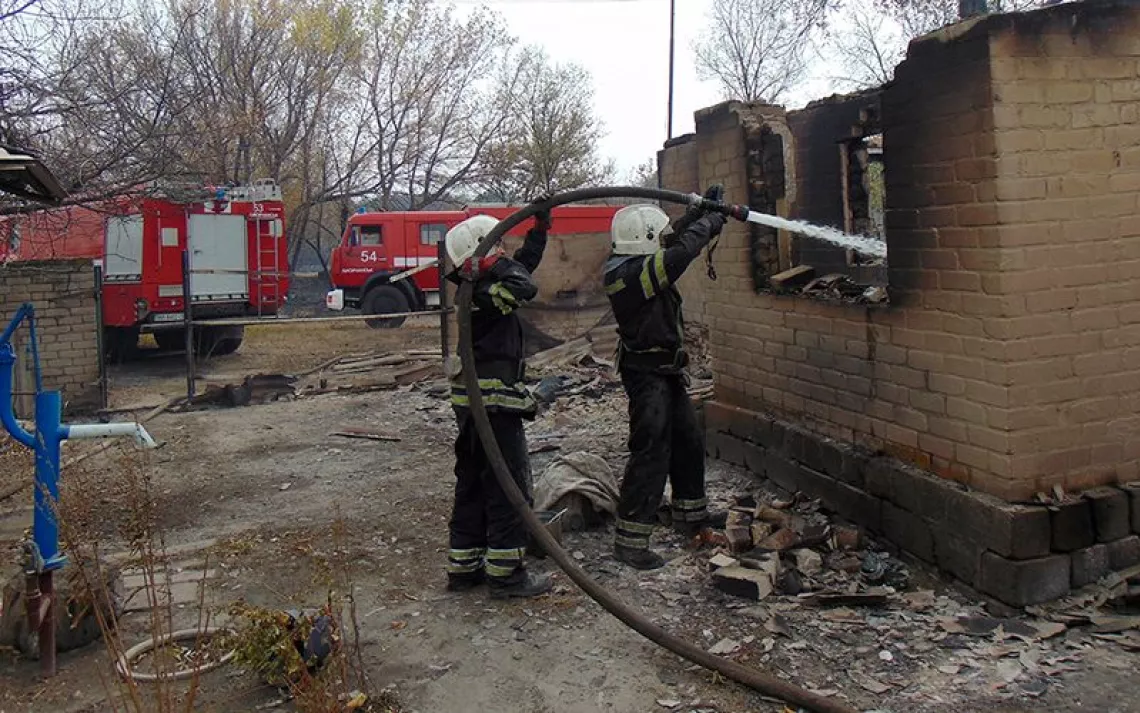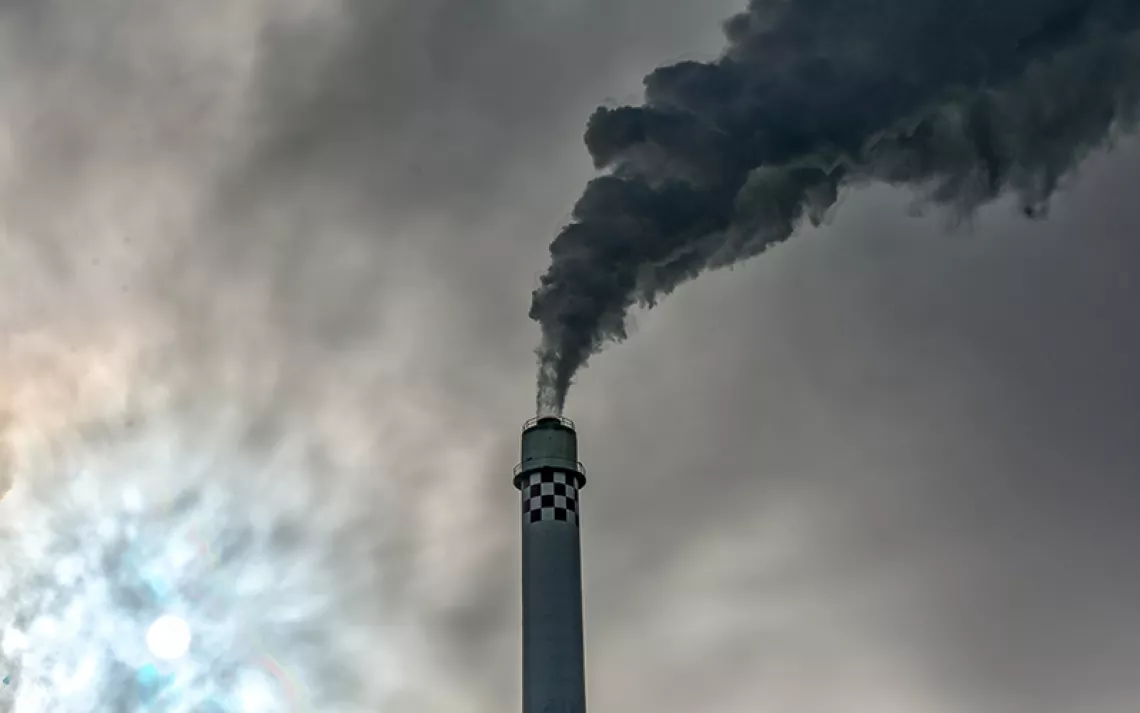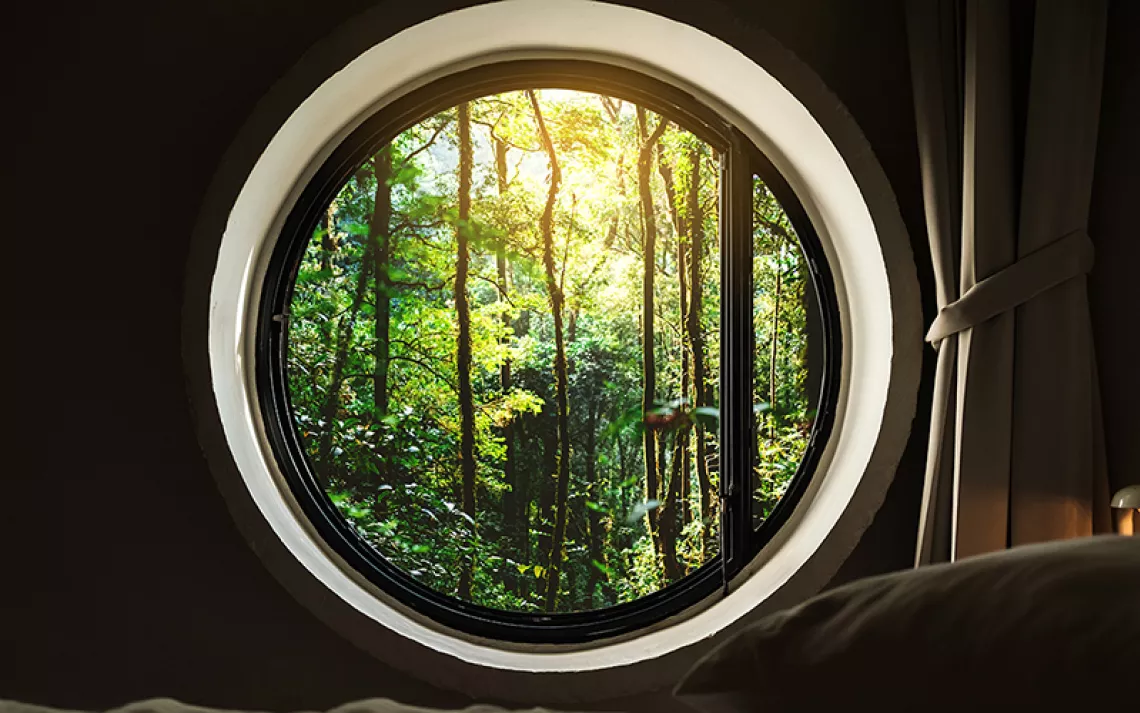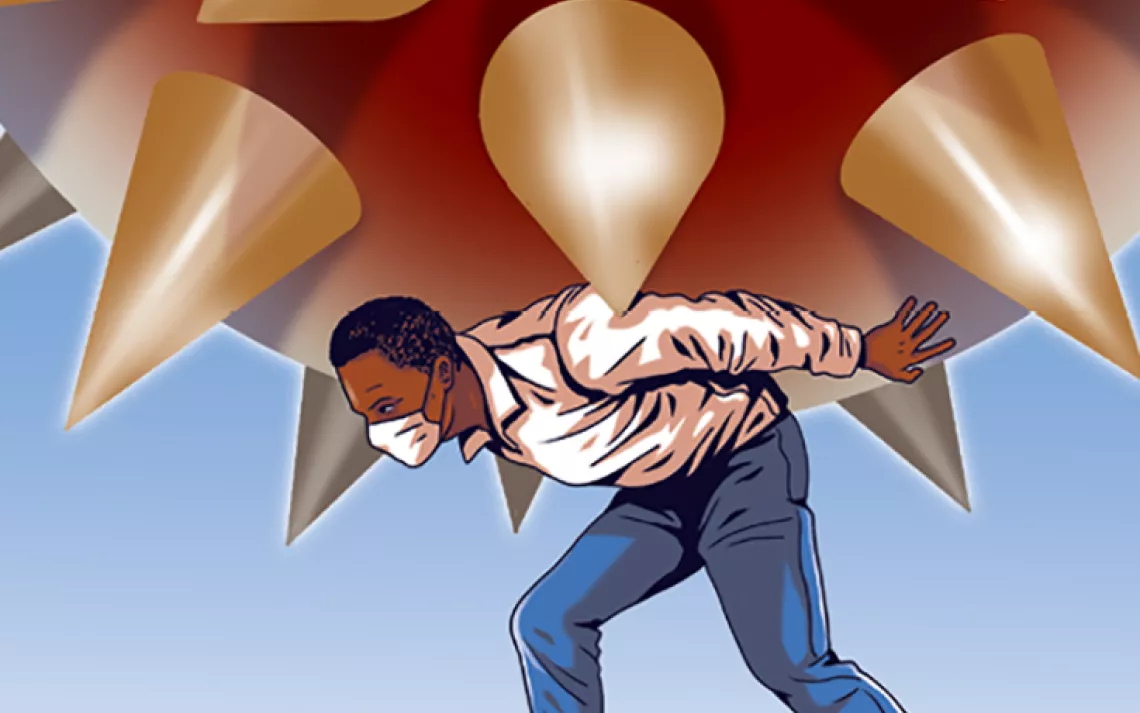Writing the Future
The possibilities for what comes next are endless

Illustration by Glenn Harvey
The assignment seemed, at the time, nearly impossible. It was midsummer when Sierra's editors began inviting activists, writers, and thought leaders to contribute to a special section devoted to imagining a brighter future. Our essayists found themselves writing as a deadly pandemic swept the globe, as climate-fueled wildfires scorched the West and climate-energized storms battered the Southeast, and on the cusp of an election that was at once a referendum on the character of this country and a choice about whether to take bold action to address environmental crises or double down on the deadly fossil fuel economy. To conceive of a brighter future during such dark days was a task somewhere between an act of courage and an exercise in folly.
Every generation, in its own way, stands at a crossroads of history where the choices it makes determine the course of the future. But our time is unique, if only because the stakes are so huge—of a truly planetary scale. The twin threats of the climate crisis and the extinction emergency mean that the decisions we make today will reverberate on a geologic time scale. As author-activist Bill McKibben wrote on the morning of the presidential election, the 2020 political contest would determine not just the next four years but also "the flavor of the next four millennia."
The election of Joe Biden and Kamala Harris offers a pivotal opportunity to build a just and sustainable future. In his regular column ("Ready for 100 Days"), Sierra Club executive director Michael Brune declares that the incoming Biden-Harris administration has "a decisive mandate to address the climate crisis." For those of us alarmed about the health of the planet and all its inhabitants, the election also provides a mandate to keep hope alive.
Yet the political opening provided by the election is just that—a beginning and not a closure. When it comes to the never-ending work of bettering the world, we remain on a precipice where anxiety rests alongside optimism. That kaleidoscope of emotions is on display among the writers of "The Futures Are Bright."
These contributors write in a range of registers, from righteous anger to radical imagining to poetry-infused faith. Many of our writers offer unalloyed hope: Mary Anne Hitt, the Sierra Club's national director of campaigns, imagines what a clean energy society will look like 10 years from now, while Kristen E. Jeffers offers a bold reenvisioning of cities. Some are cautiously optimistic, like Melissa K. Nelson, who proposes embedding Indigenous societies' traditional ecological knowledge into land-management decisions. Other writers dwell on how far we still have to go to build the bright future: Yale University professor Dorceta E. Taylor, for example, illustrates how the environmental movement continues to struggle with building organizations that reflect this country's diversity.
In these pages, you won't find a chorus singing in a single key. But you will detect a harmony of sorts produced by these diverse voices. Whether they are focused on renewable energy, lands and waters conservation, or public health and environmental justice, these essayists all implicitly acknowledge that we, the people, are the ones who write the future. That means the possibilities are endless—and that's reason enough to keep up the good fight for a better tomorrow.
This article appeared in the January/February edition with the headline "Writing the Future."
 The Magazine of The Sierra Club
The Magazine of The Sierra Club



